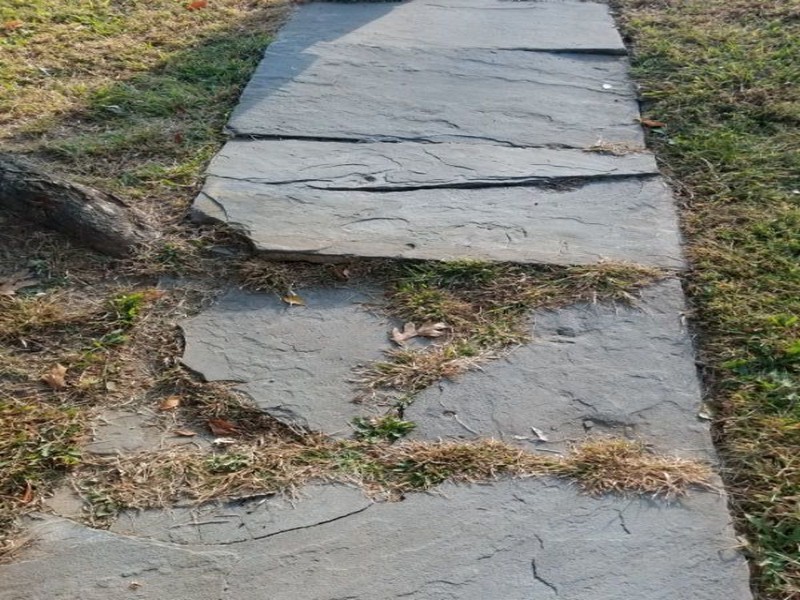Observe the overall lay of the walks. Drainage and how the walks shed water are important. Inspect for damage, deterioration, settlement and heaving, gaps (especially between the walk and the home), undermining, and deterioration of joints that will allow water penetration and ongoing damage. Special attention should be paid wherever a walk joins the steps or stoops; this has implications for drainage and changes in riser height due to settlement and heaving.
The walk has minor cracks with no differential movement. This permits moisture penetration, which can cause further damage. Repair and seal the cracks.
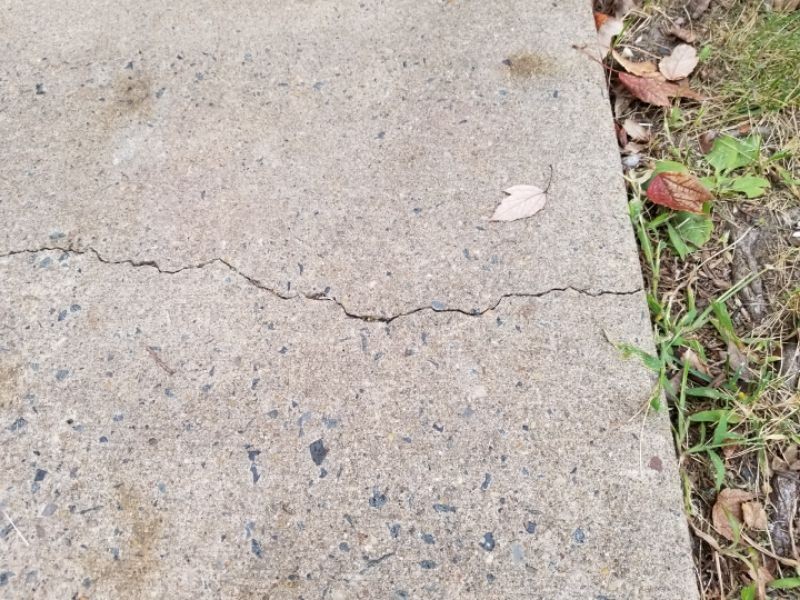
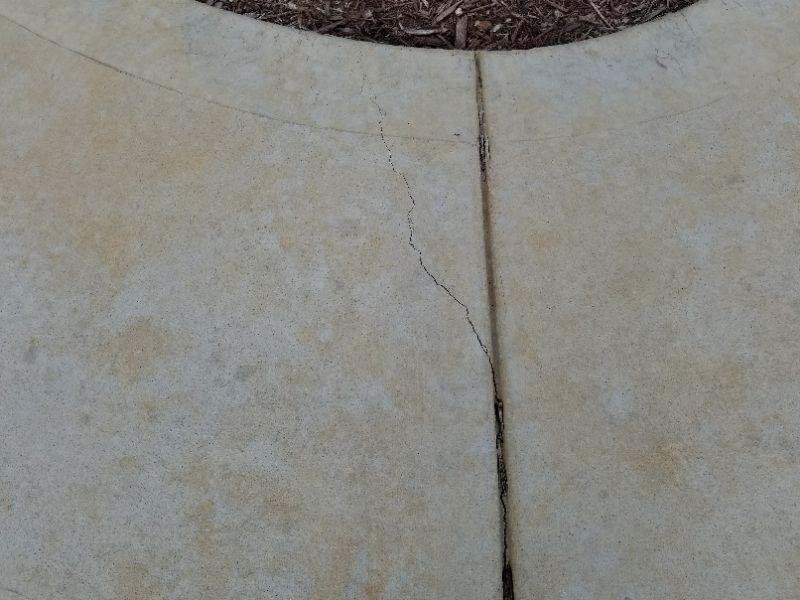
The walk is cracked. Cracks permit moisture to enter which can cause further damage. Repair and seal the cracks.
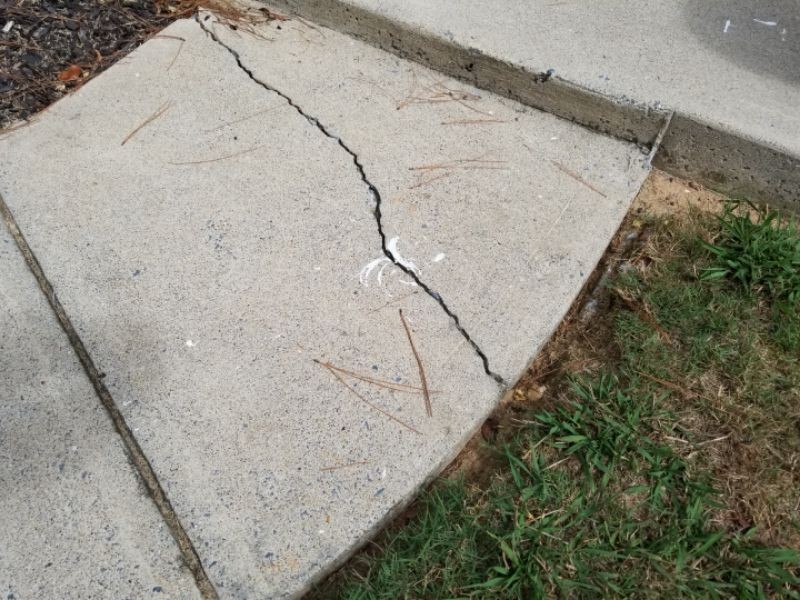
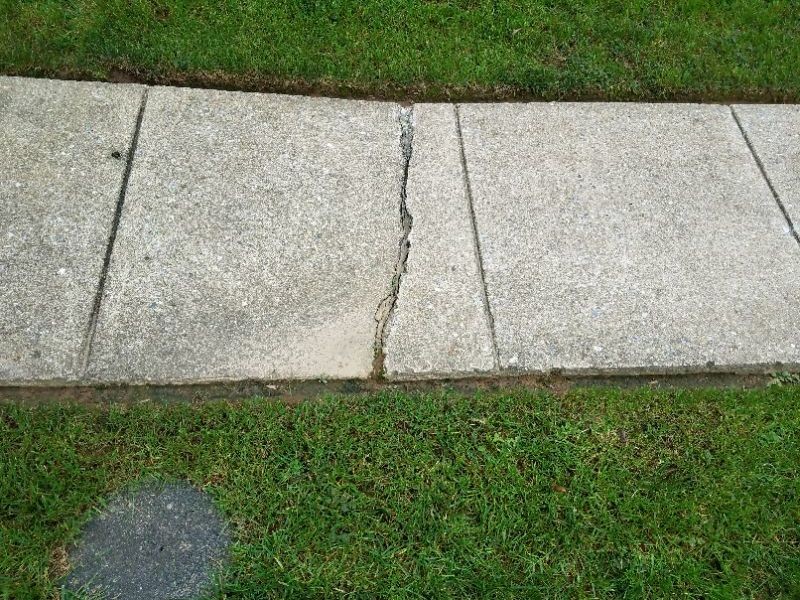
The walk is deteriorated. If the deterioration is not properly treated, the walk will continue to degrade. Repair or replace the walk as needed.
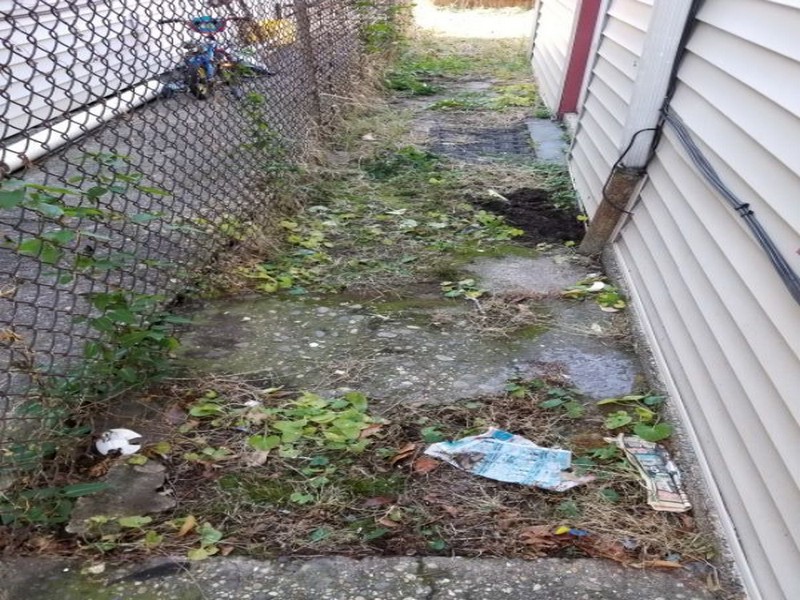
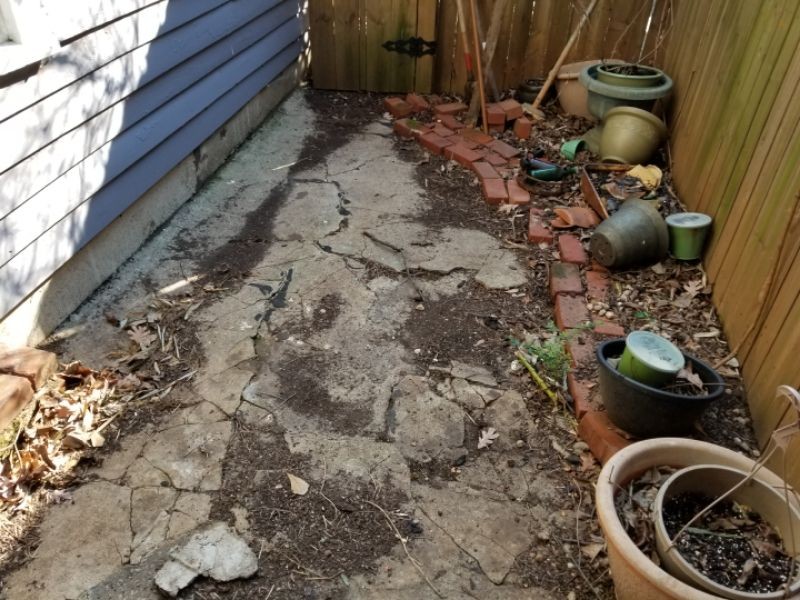
Tree roots are causing the walk to heave. This condition will likely worsen unless the roots or trees are removed. Remove the roots or the tree and repair the walk as needed.
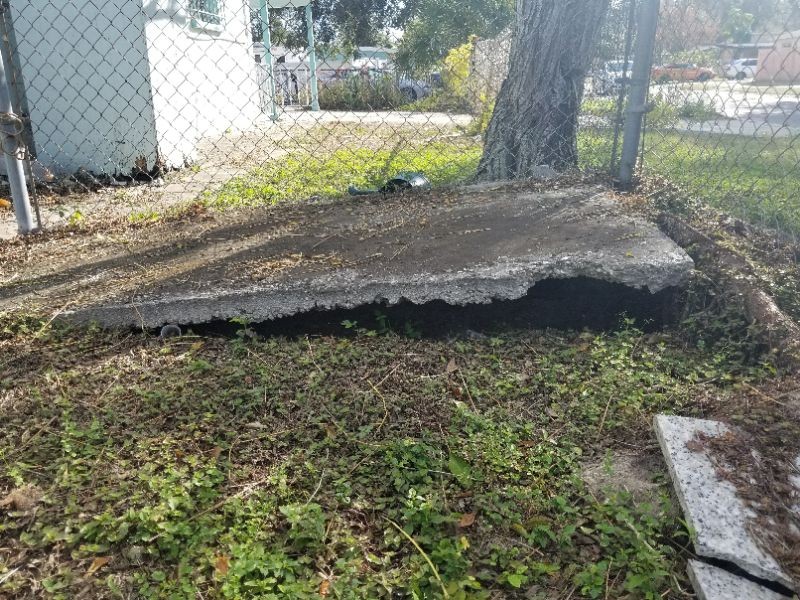
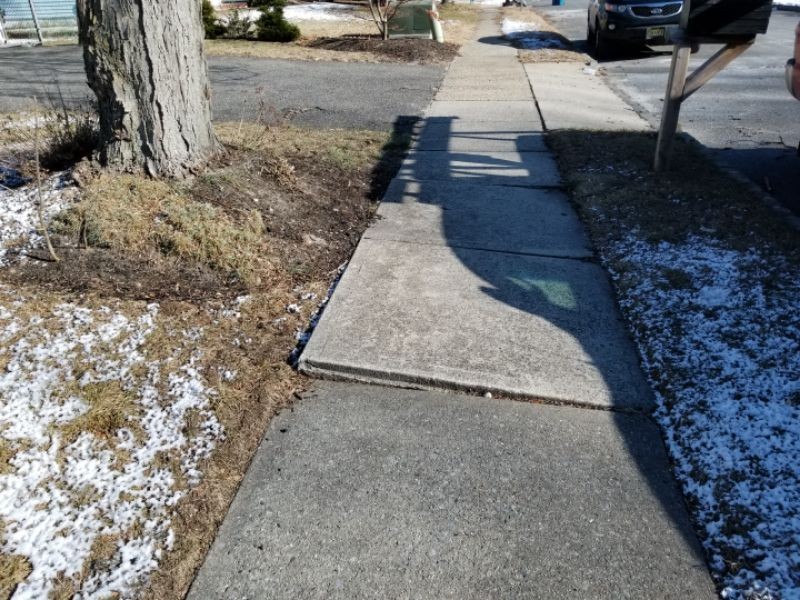
The walk is settled or heaved. This is a trip hazard. Repair the walk.
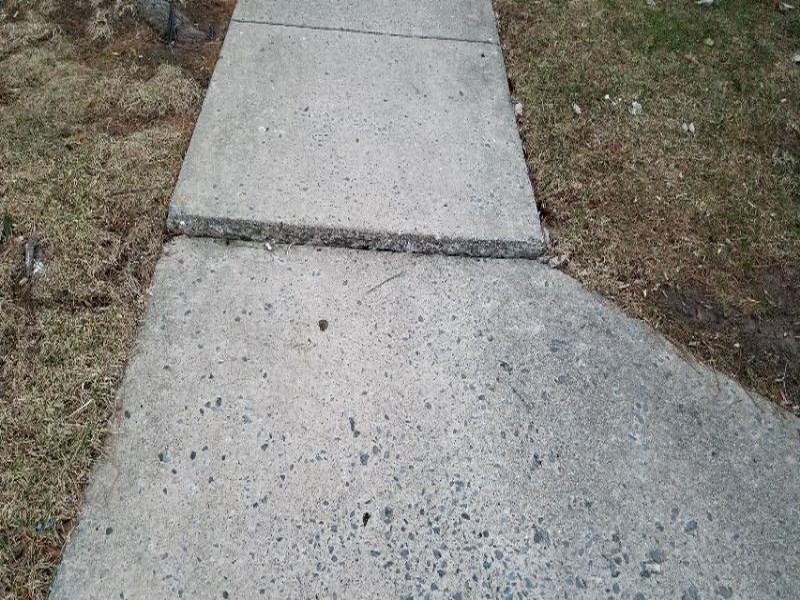
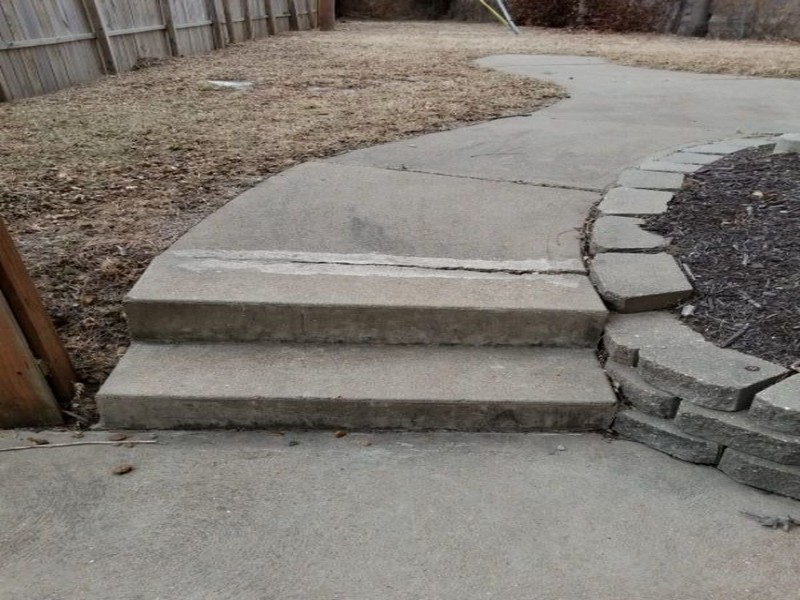
The walk is settled or heaved near the steps. This is a trip hazard because the step’s riser heights are now different. Repair the walk to ensure an acceptable riser height.
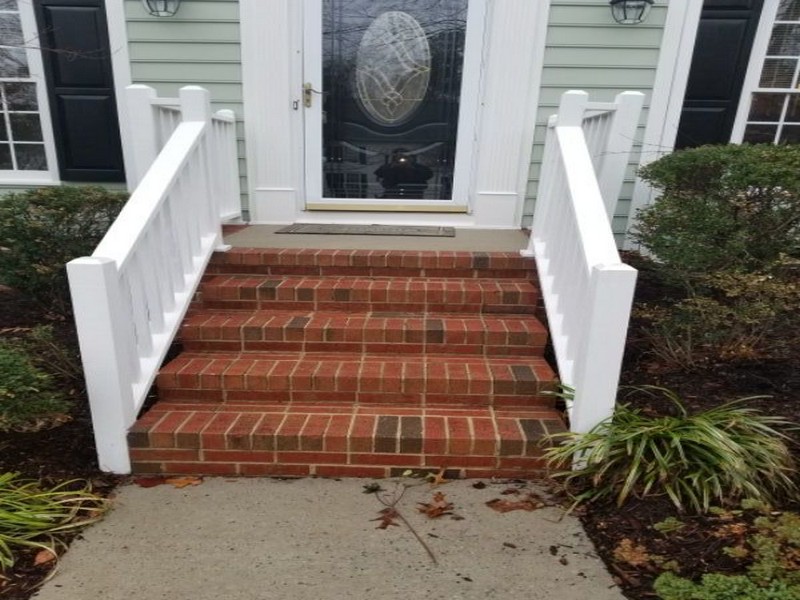
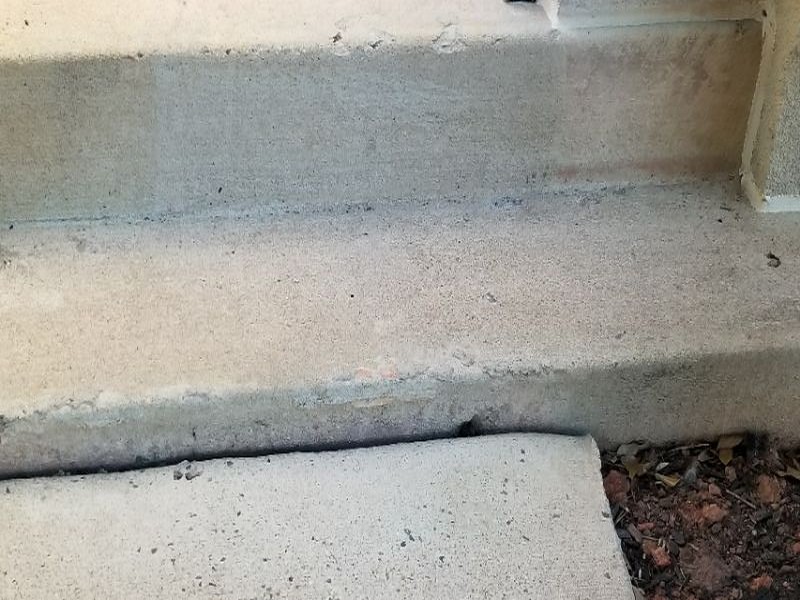
The walk is settled near the stoop. This is a trip hazard because the stoop’s riser height has become excessive. Repair the walk to ensure an acceptable riser height.
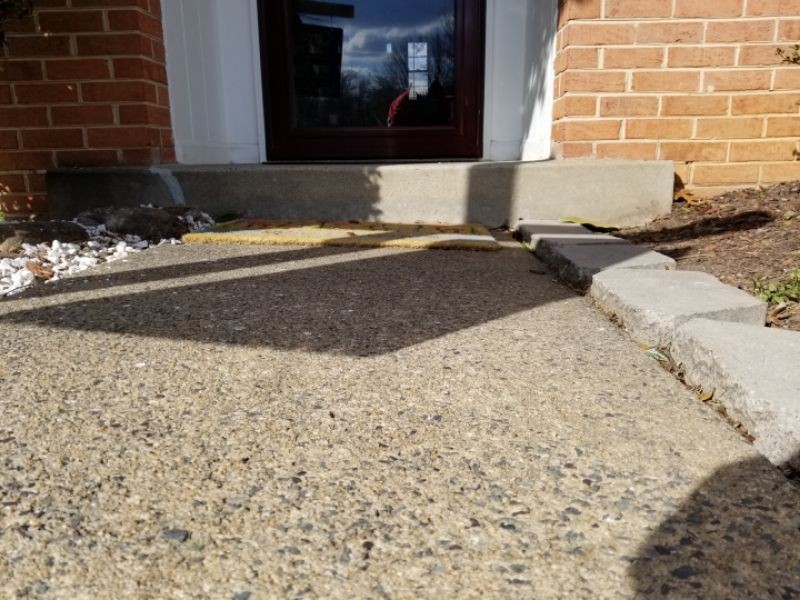
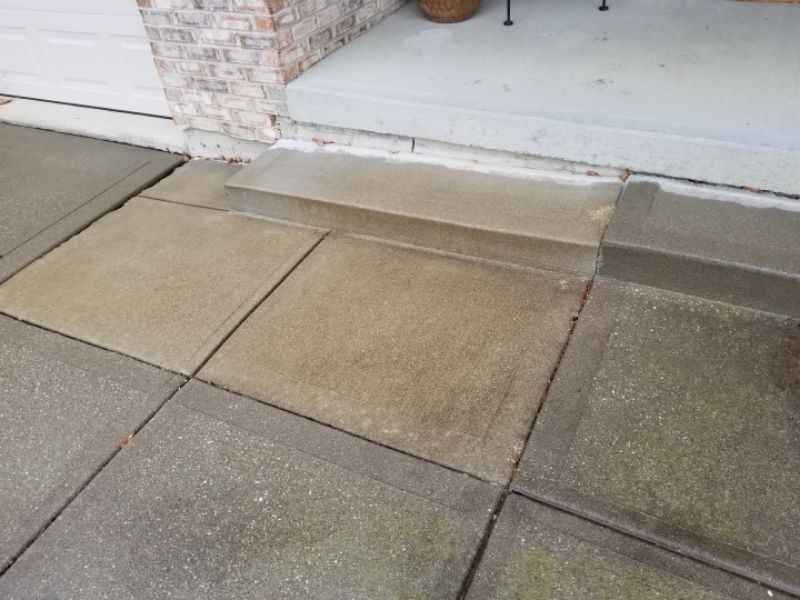
The walk has settled toward the home. This may permit water penetration into the structure. Repair the walk to direct surface water away from the foundation.
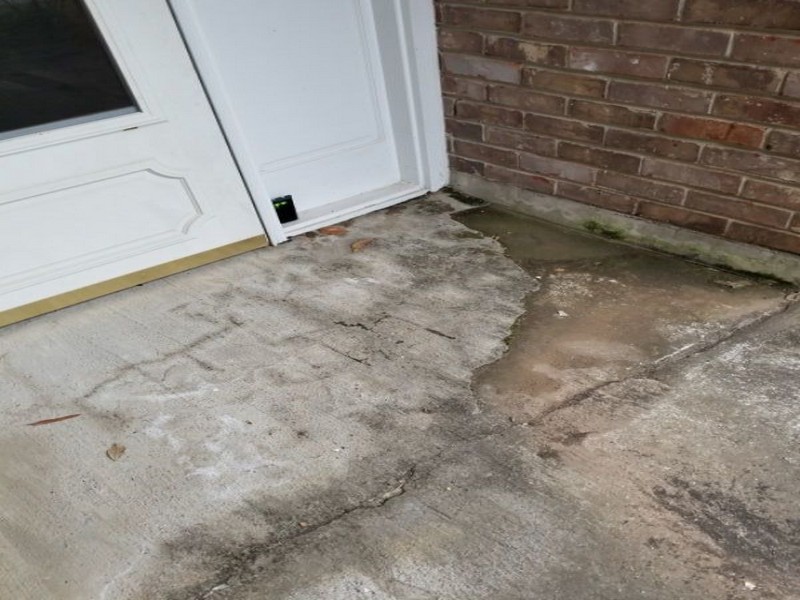
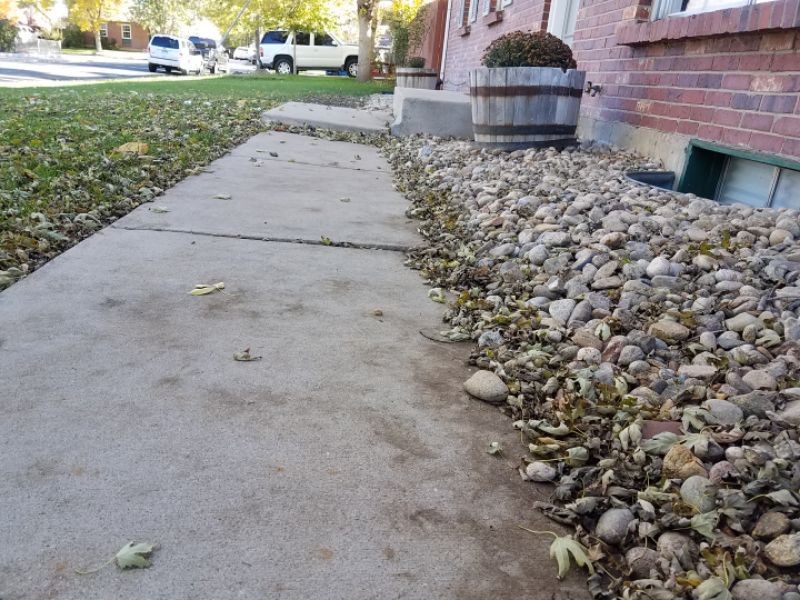
There is a gap between the walk and the building. This may permit water to penetrate the foundation. Fill and seal the gap.
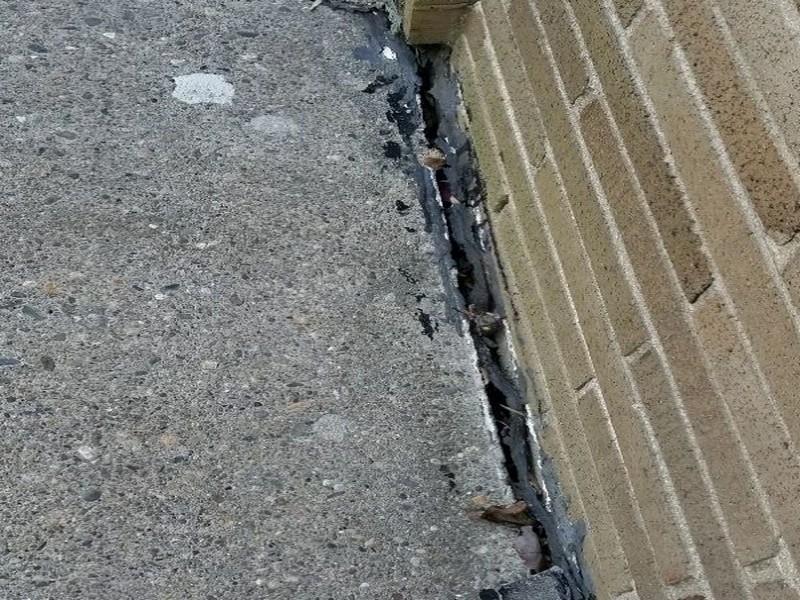
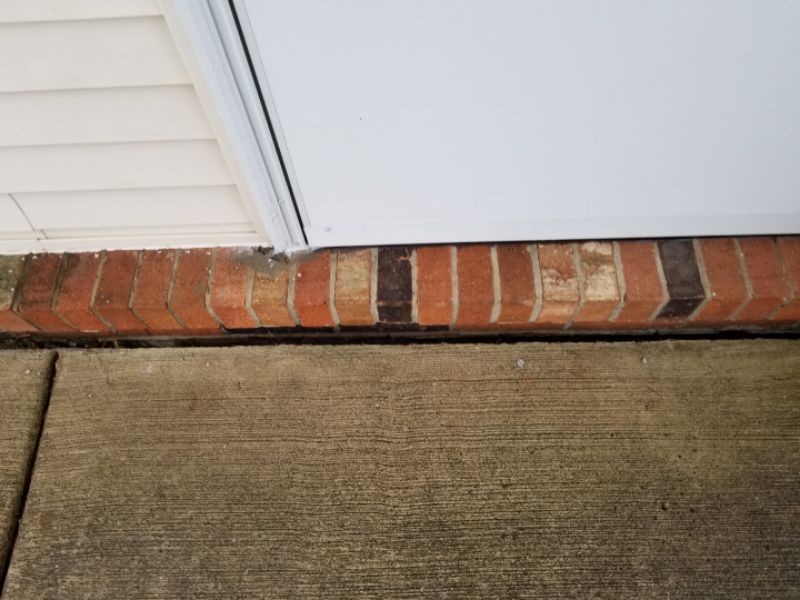
There are voids under the walk. This will permit settlement and ongoing deterioration. Fill and seal the voids.
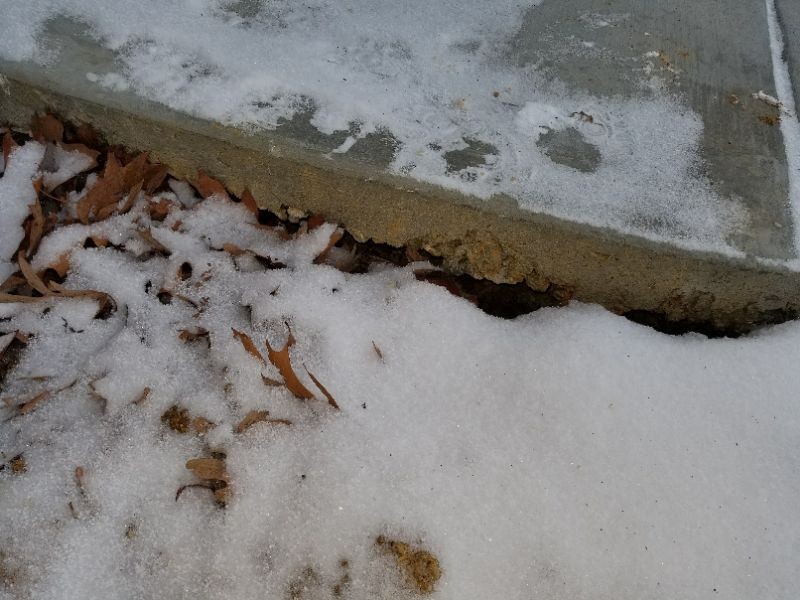
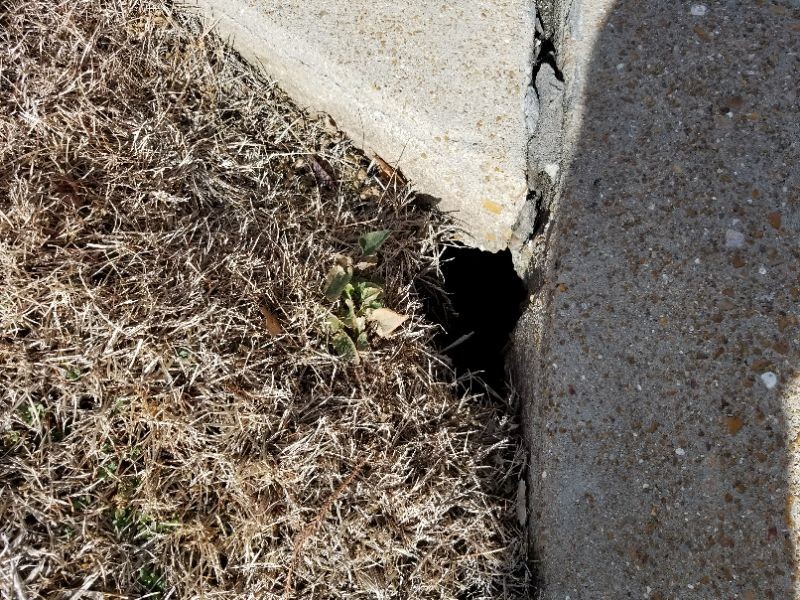
There are deteriorated mortar joints at the walk. This will allow water penetration and further damage. Repair the mortar joints.
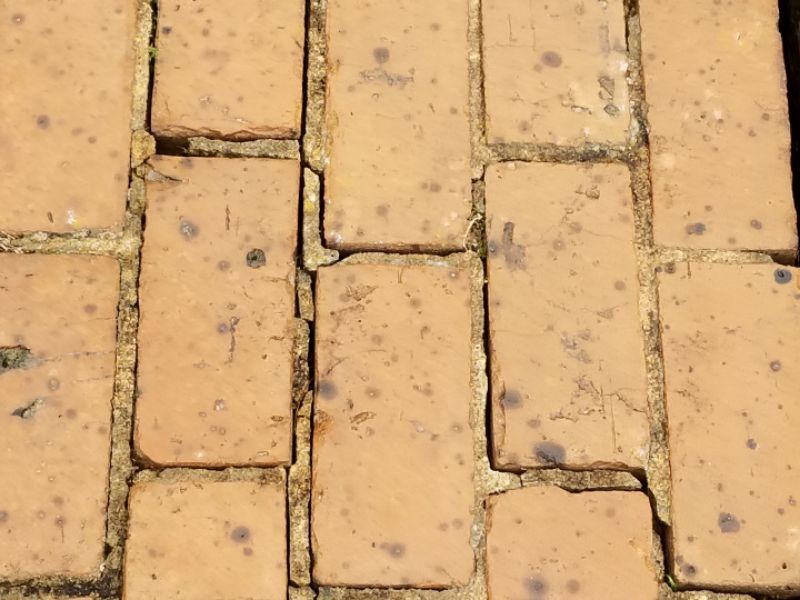
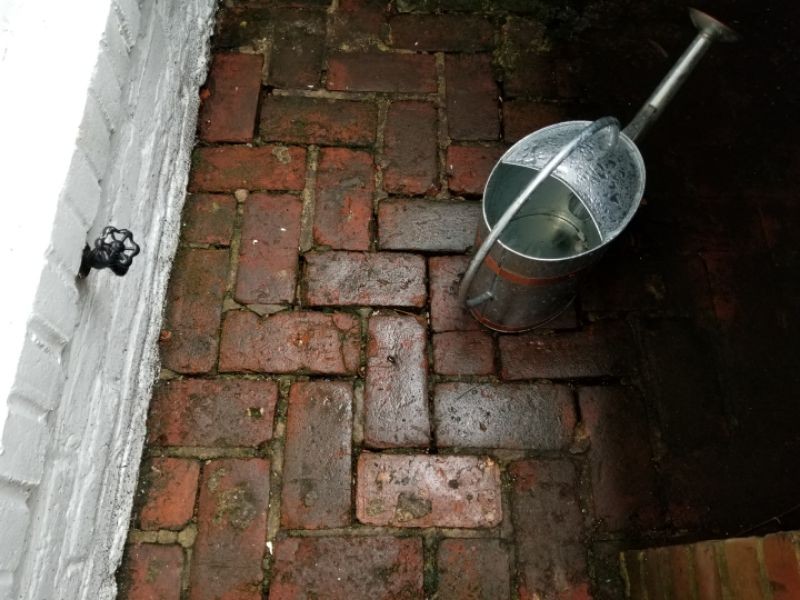
The walk is damaged. This is a trip hazard, and will likely allow further deterioration. Repair the walk as needed.
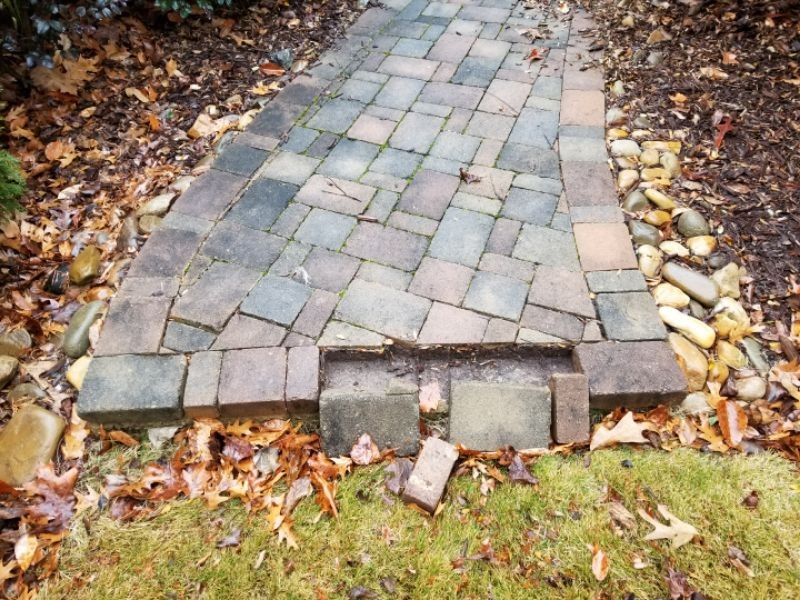
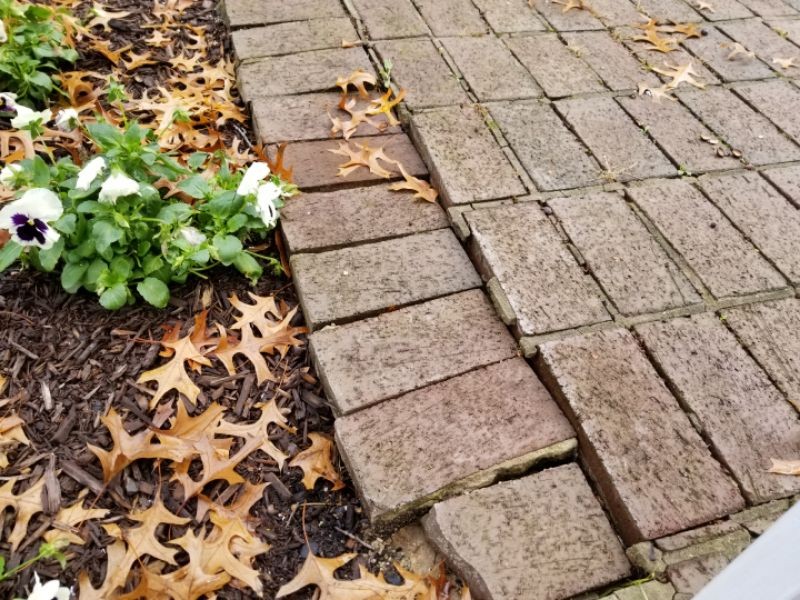
The walk is deteriorated. If the deterioration is not properly treated, the walk will continue to degrade. Repair or replace the walk as needed.
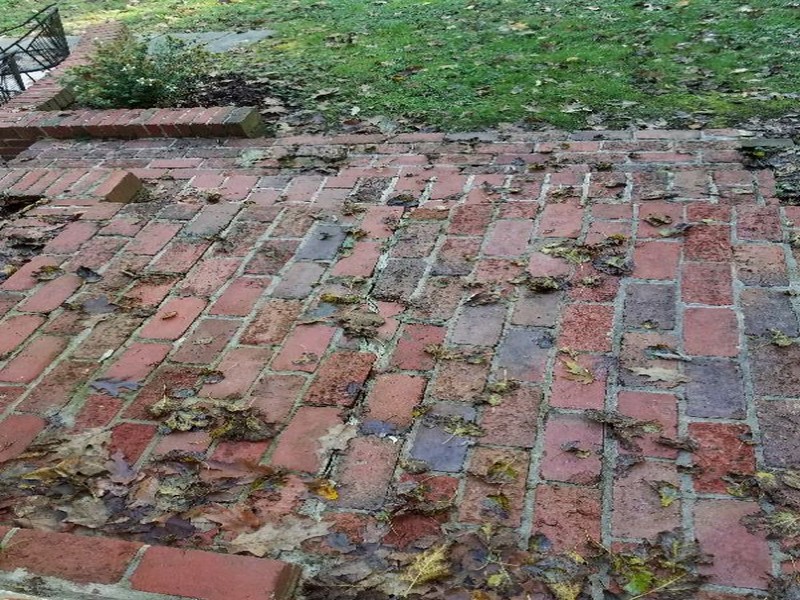
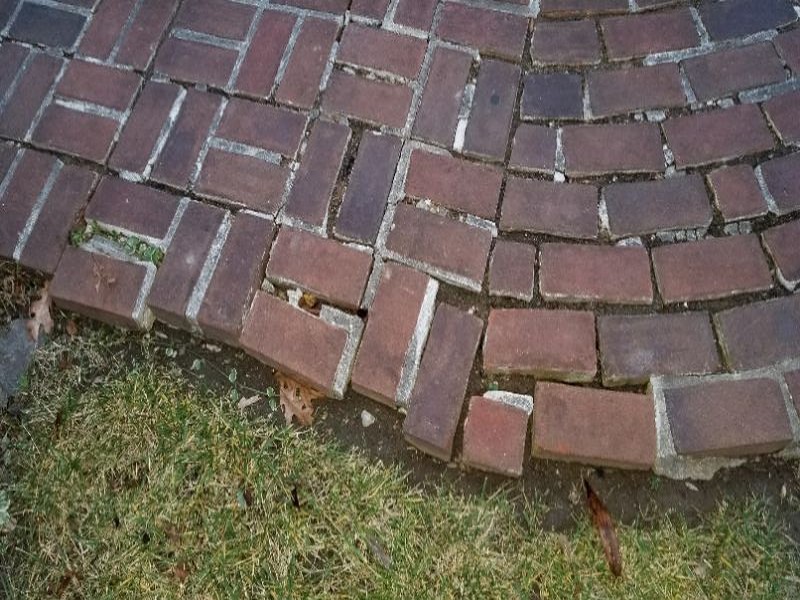
The walk is settled or heaved. This is a trip hazard. Repair the walk.
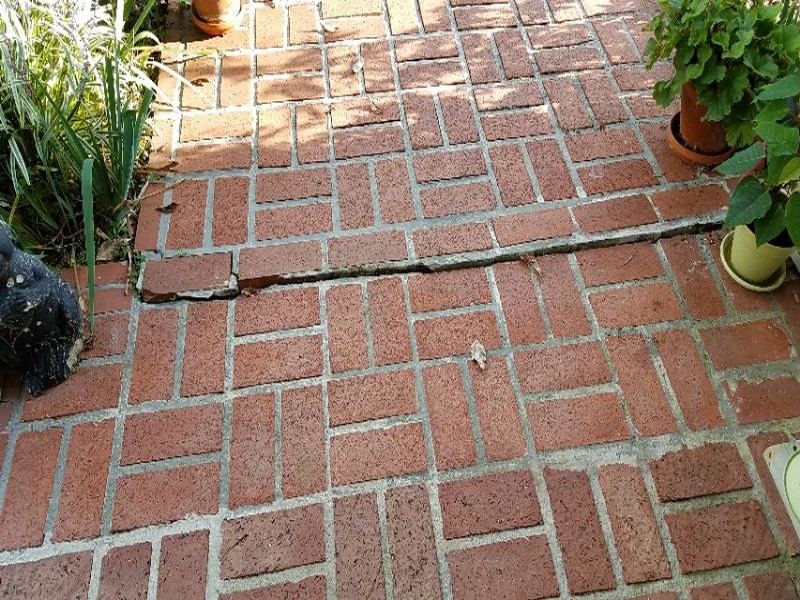
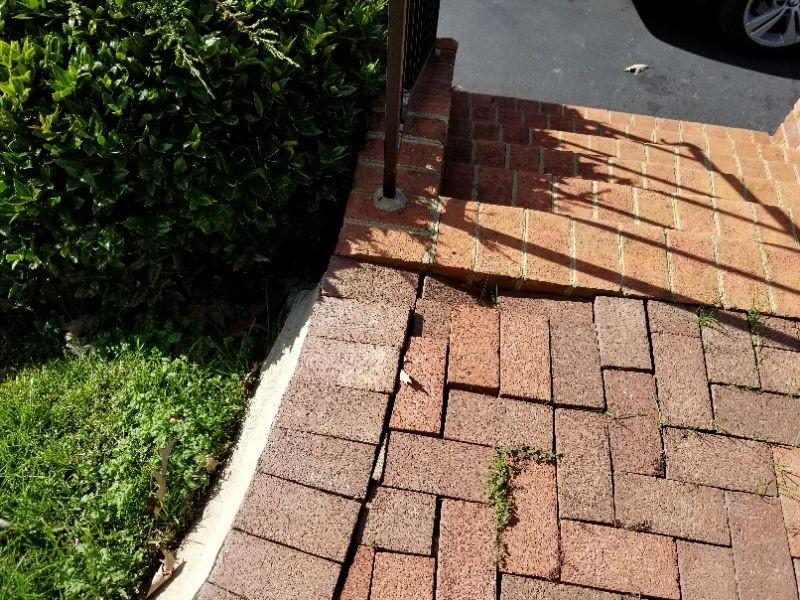
The walk is settled or heaved near the steps. This is a trip hazard because the step’s riser heights are now different. Repair the walk to ensure an acceptable riser height.
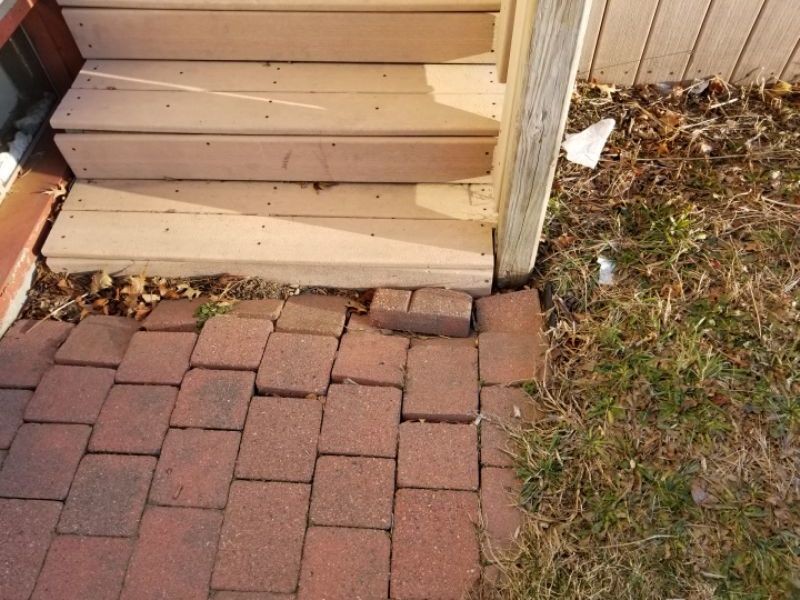
The walk is cracked. Cracks permit moisture to enter which can cause further damage. Repair and seal the cracks or replace the damaged paver(s).
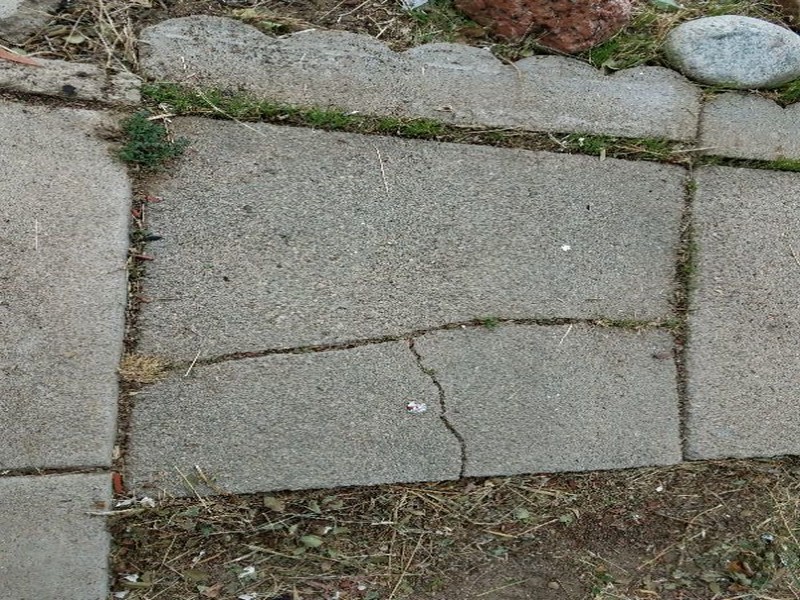
The walk is deteriorated. If the deterioration is not properly treated, the walk will continue to degrade. Repair the walk.
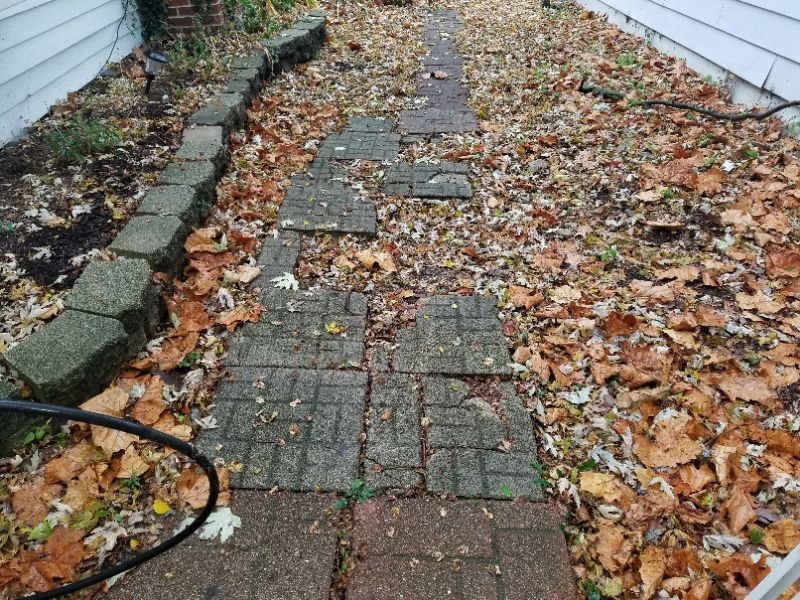
The walk is settled or heaved. This is a trip hazard. Repair the walk.
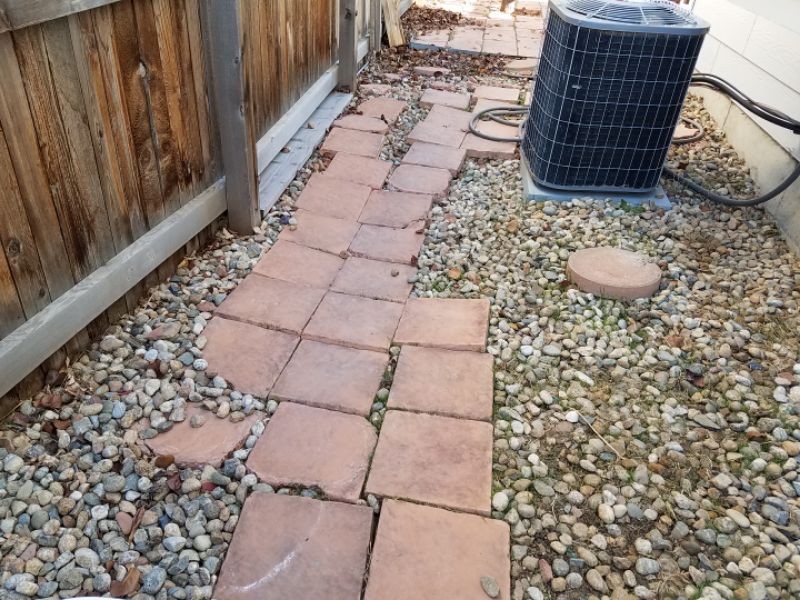
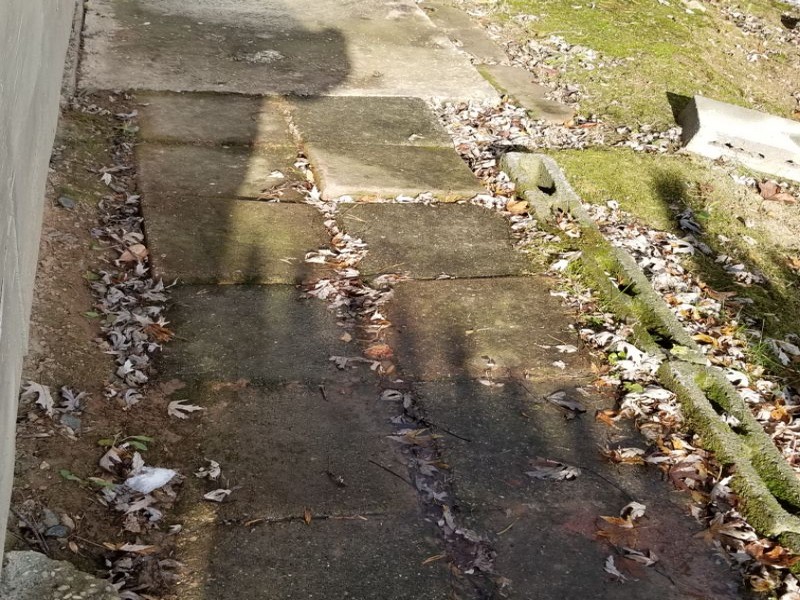
The walk is settled or heaved near the steps. This is a trip hazard because the step’s riser heights are now different. Repair the walk to ensure an acceptable riser height.
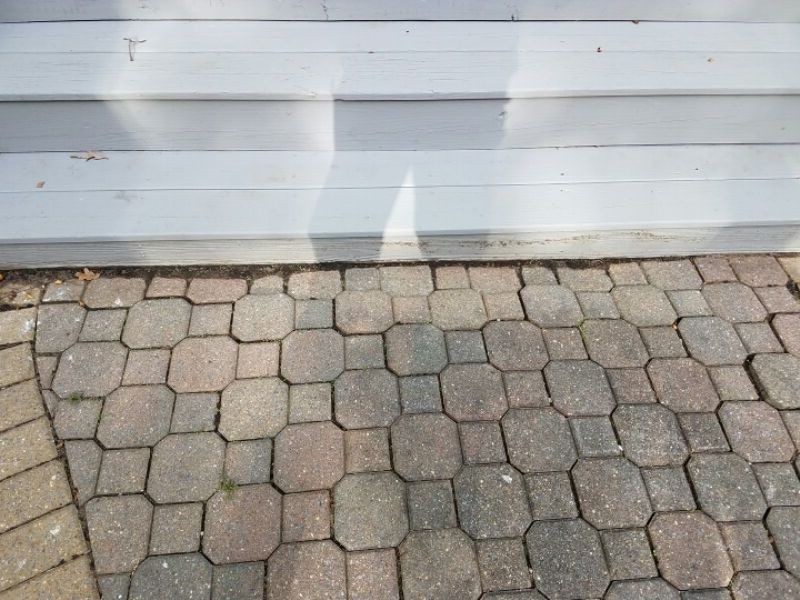
The walk is cracked. Cracks permit moisture to enter which can cause further damage. Repair and seal the cracks.
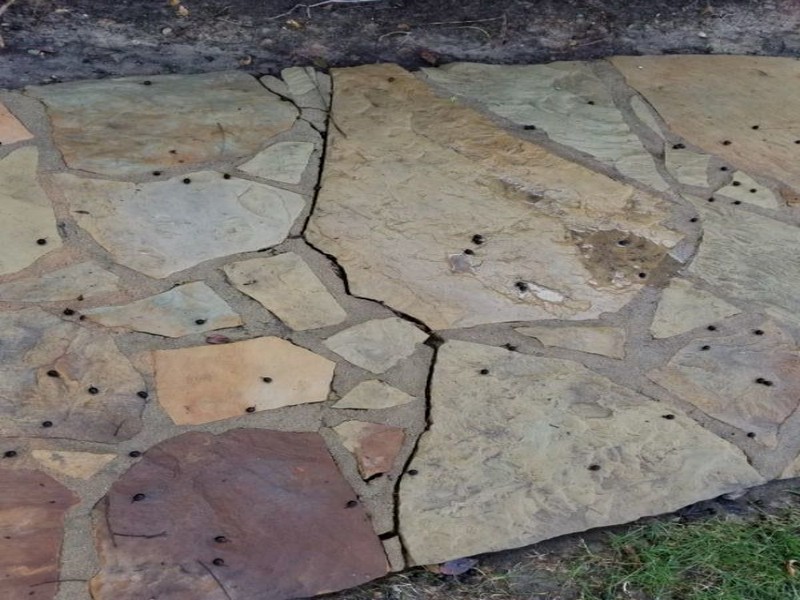
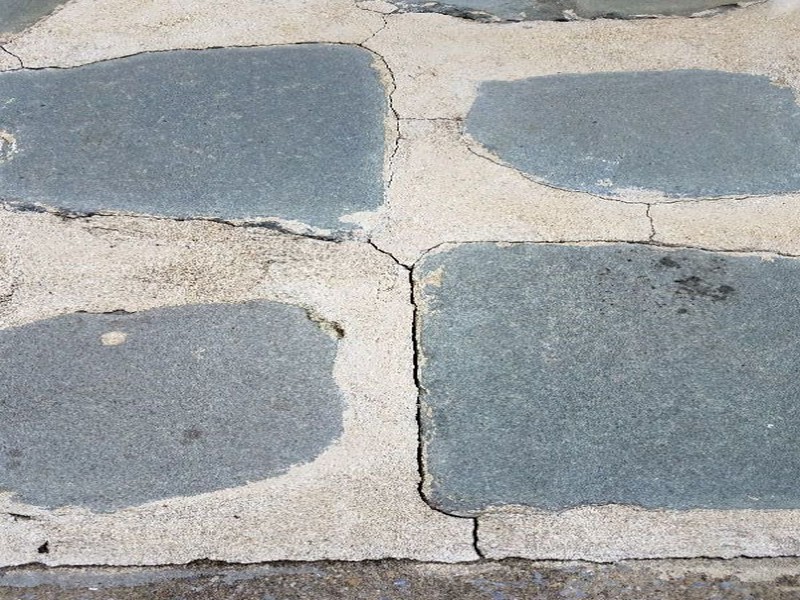
There are deteriorated mortar joints at the walk. This will allow water penetration and lead to further damage.
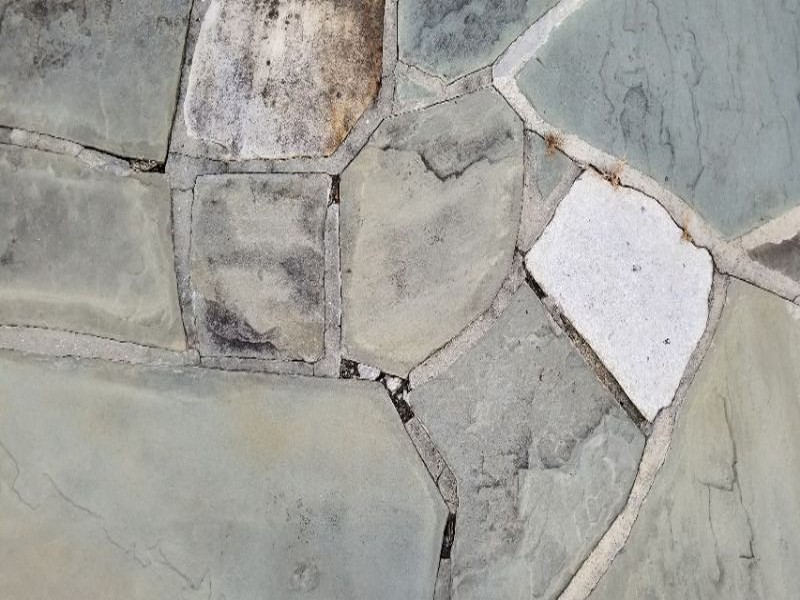
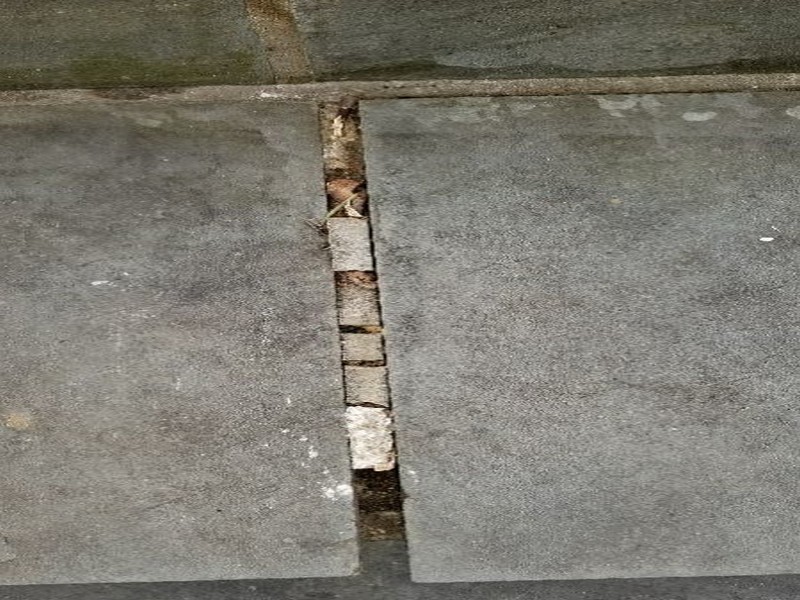
The walk is damaged. This is a trip hazard, and will likely allow further deterioration. Repair the walk as needed.
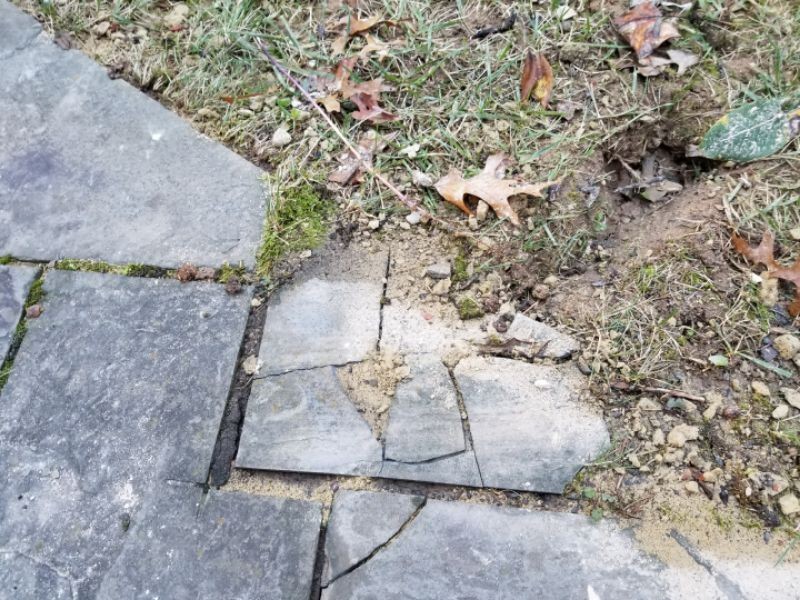
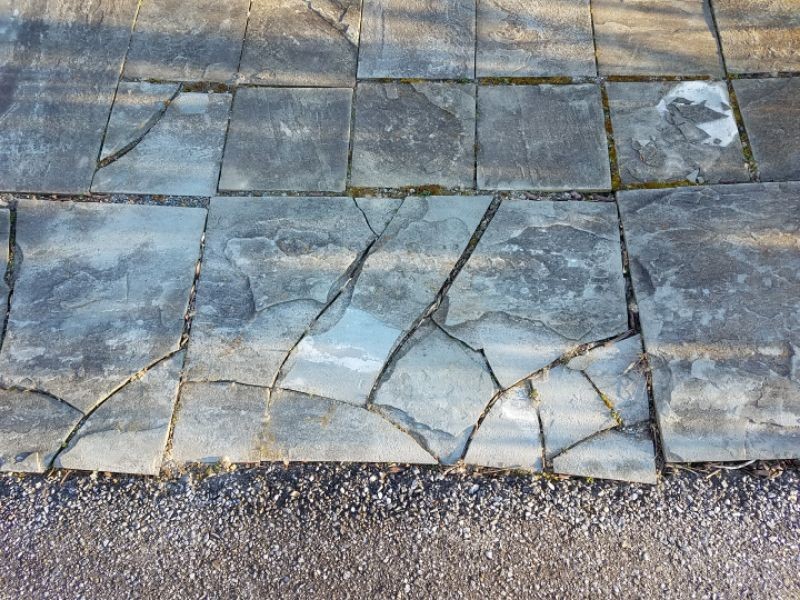
The walk is deteriorated. If the deterioration is not properly treated, the walk will continue to degrade. Repair or replace the walk as needed.
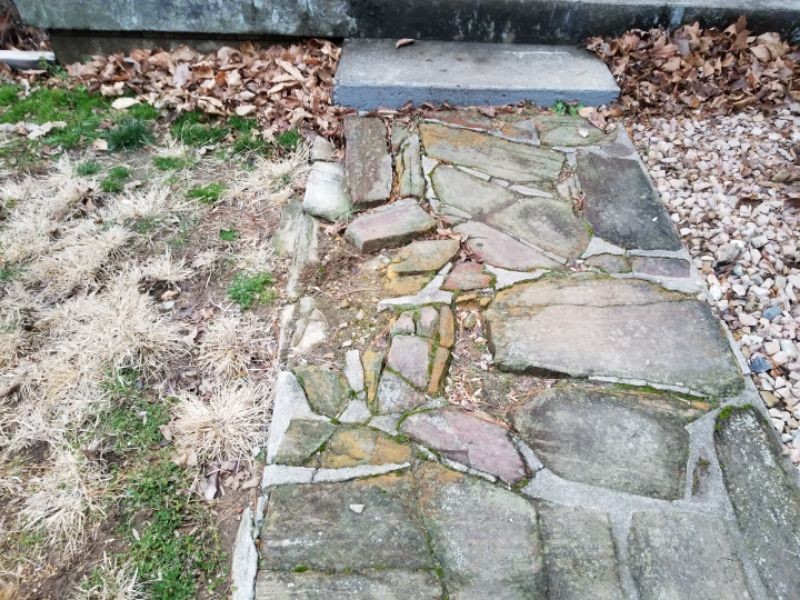
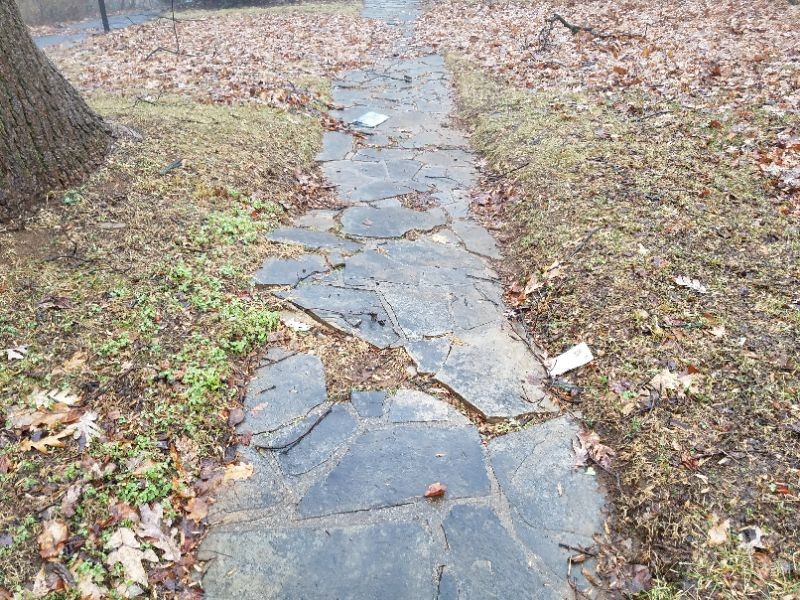
The walk is settled or heaved. This is a trip hazard. Repair the walk.
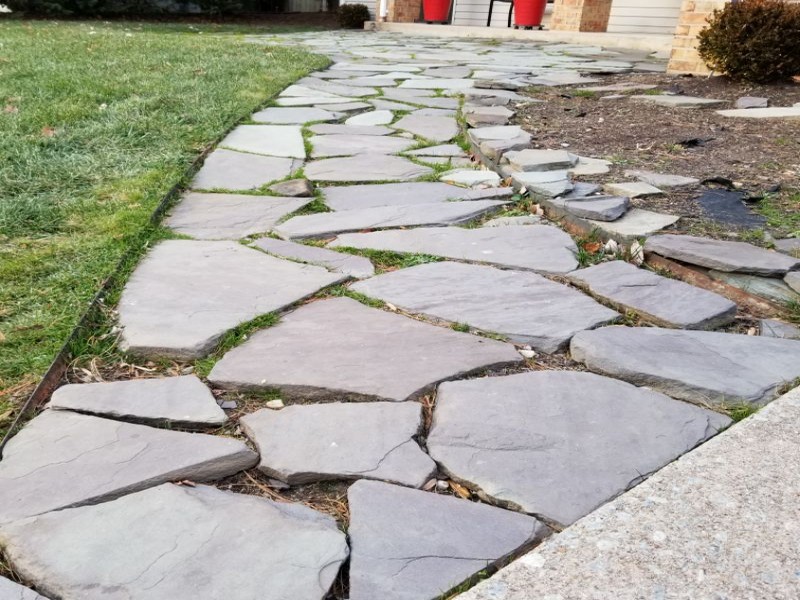
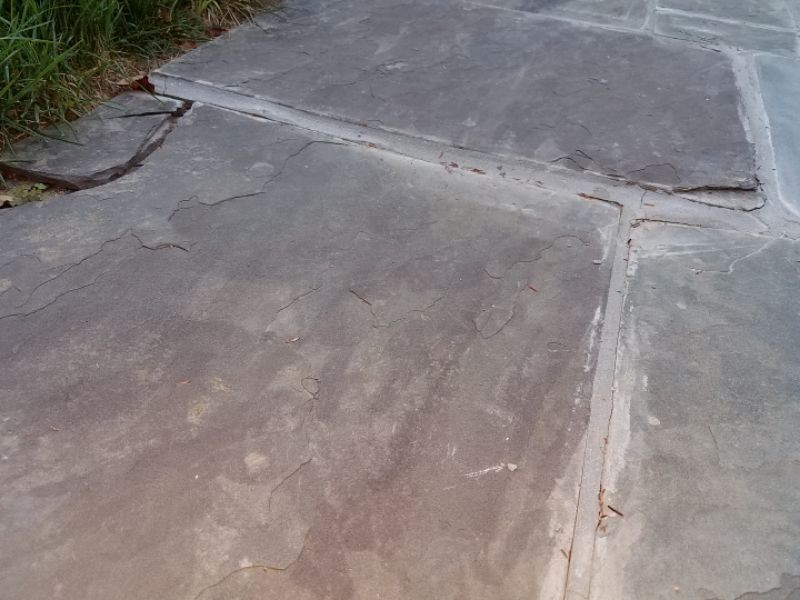
Tree roots are causing the walk to heave. This will likely worsen unless the roots or trees are removed. Remove the roots or the tree, and repair the walk as needed.
